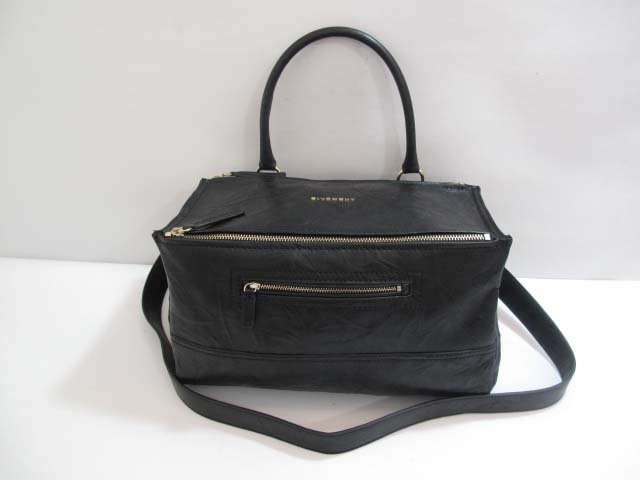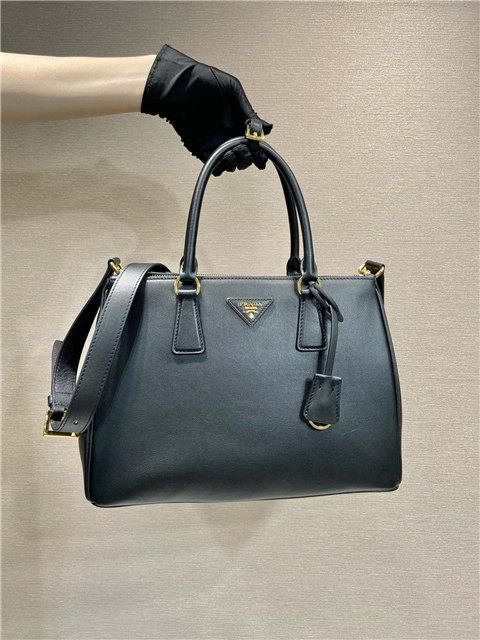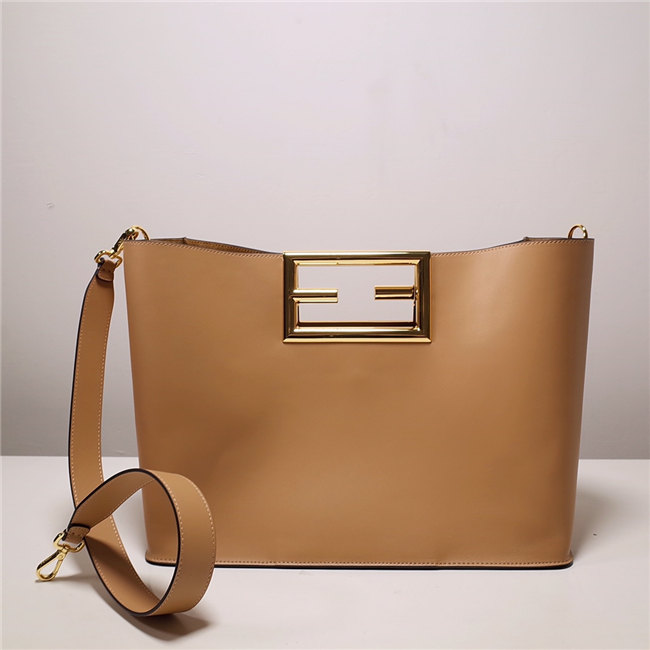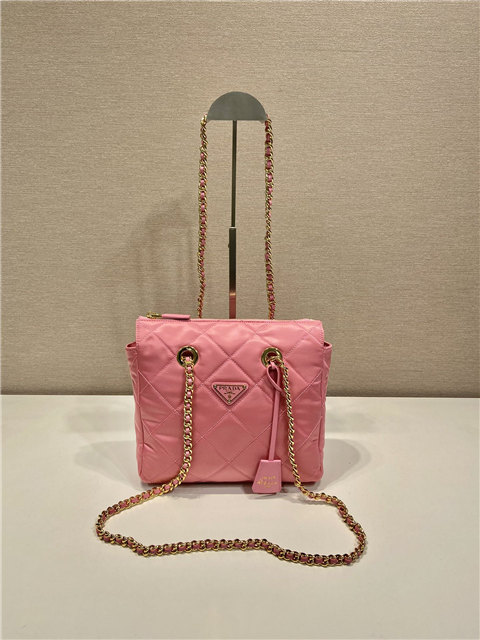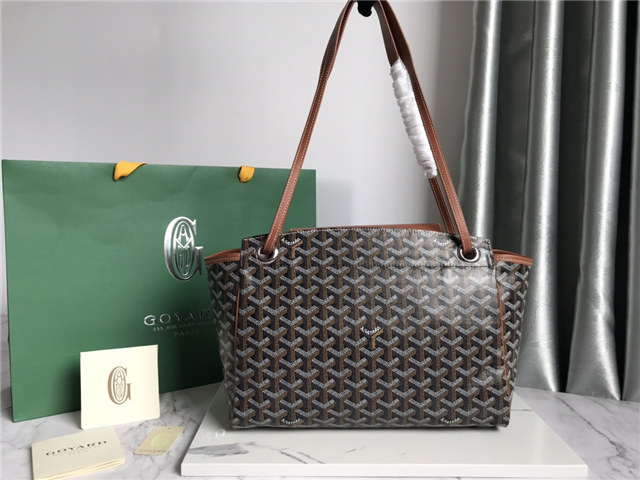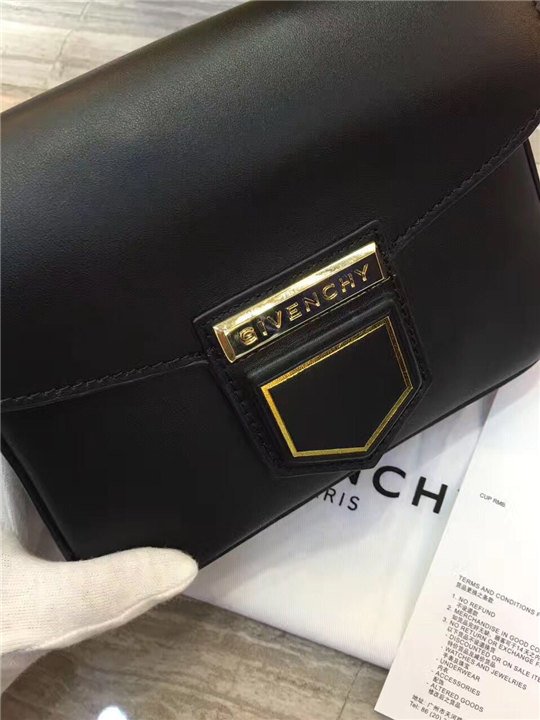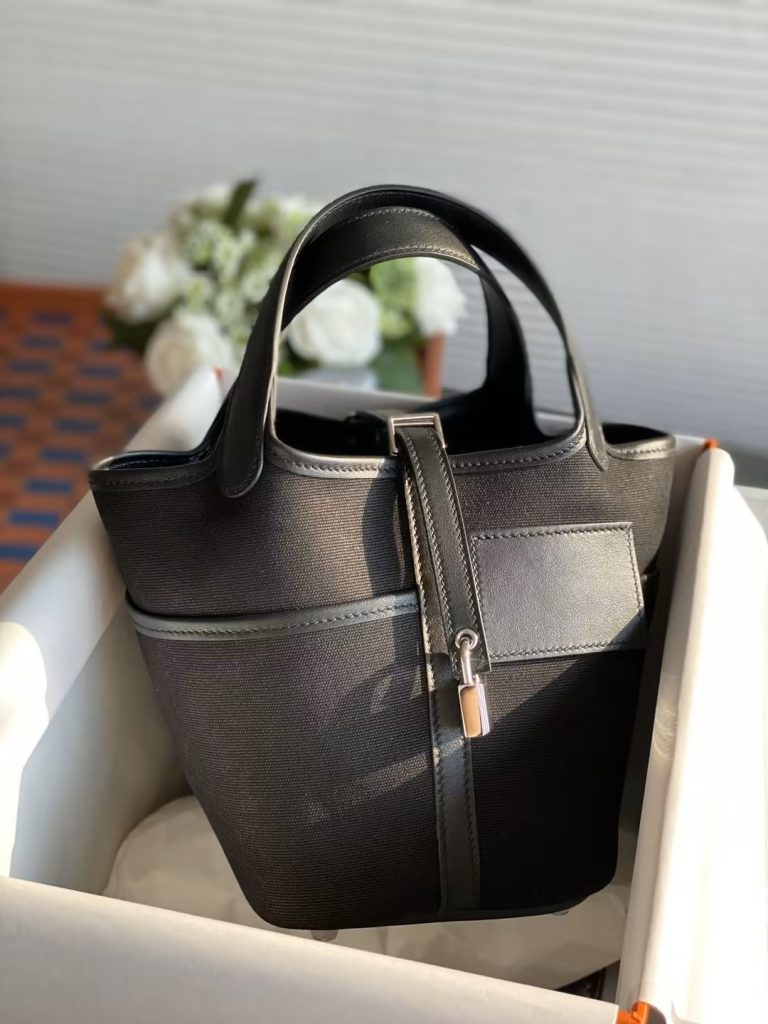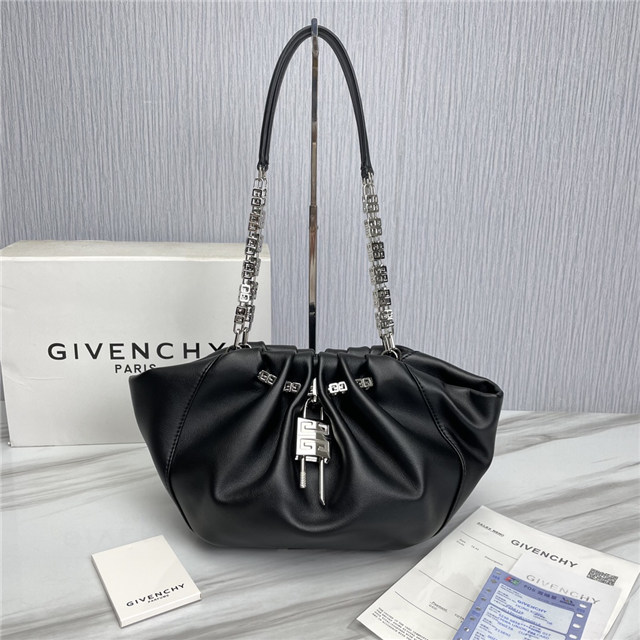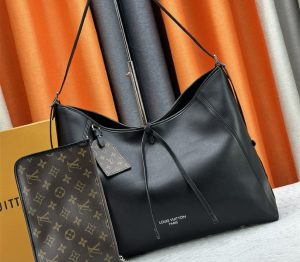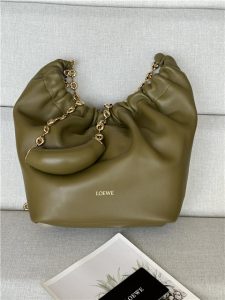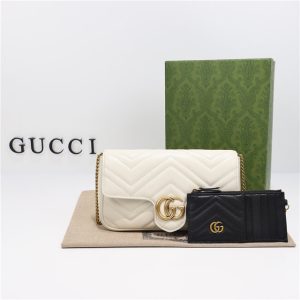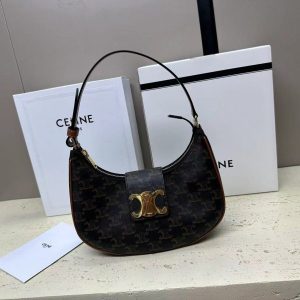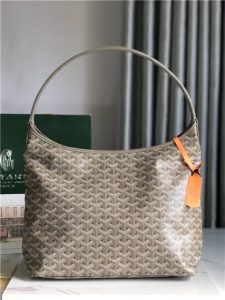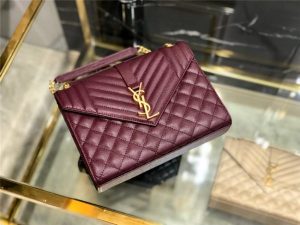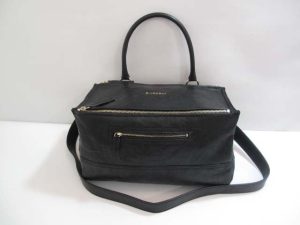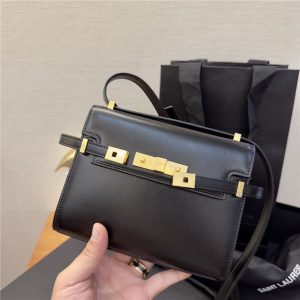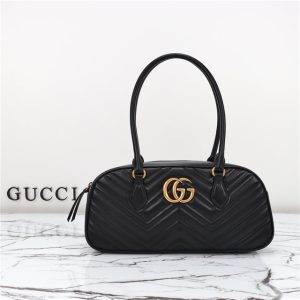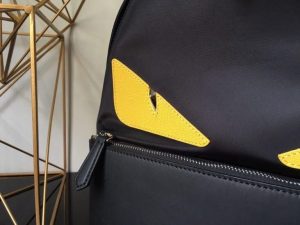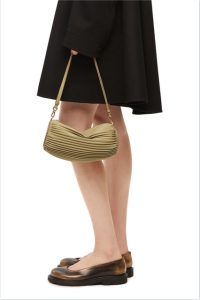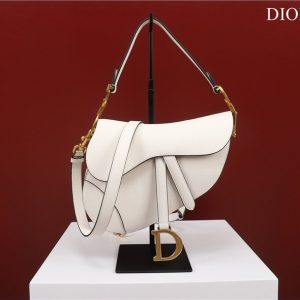First off, that whole “box and papers” thing? Yeah, it *used* to be a decent indicator. But guess what? Even those can be faked now. Seriously. They’re getting ridiculously good at it. So, if the watch is “naked” (meaning no box or papers), don’t automatically write it off, BUT it definitely raises a red flag. Like, a REALLY bright one. I mean, who loses the box AND the papers? Seems kinda sus, right?
The price is a HUGE clue. If it seems too good to be true, like, *way* too good, it probably is. I’m talking “found it in my grandpa’s attic, don’t know anything about it” cheap. Uh-huh. Suuuure you did. Nobody’s giving away a genuine Datejust for peanuts. Common sense, people!
The real detective work starts when you need to peek inside. You gotta see that movement. I’m no watchmaker, but even I can tell the difference between a finely crafted Swiss movement and some…thing that looks like it came out of a gumball machine. And the caseback! Get that sucker open and have a look-see. Is it clean? Well finished? Or does it look like someone carved it with a rusty spoon? Big difference.
And the serial number! Check it against whatever documentation you *do* have (if any). Make sure it’s actually engraved properly, not just stamped on. And for Pete’s sake, don’t just rely on online serial number databases – those can be wrong, or even manipulated by the fakers themselves.
Now, I gotta be honest, sometimes it’s just *hard* to tell. The fakes are getting *that* good. So, what do you do? Well, you could ask on a forum like Rolex Forums (they seem to know their stuff). But even then, you might get conflicting opinions. Everyone’s an expert on the internet, right?
Ultimately, it kinda boils down to this: do your research, trust your instincts (if something *feels* off, it probably is), and if you’re really unsure, get it authenticated by a professional. It might cost you a bit, but it’s better than dropping a ton of cash on a fake, right?

